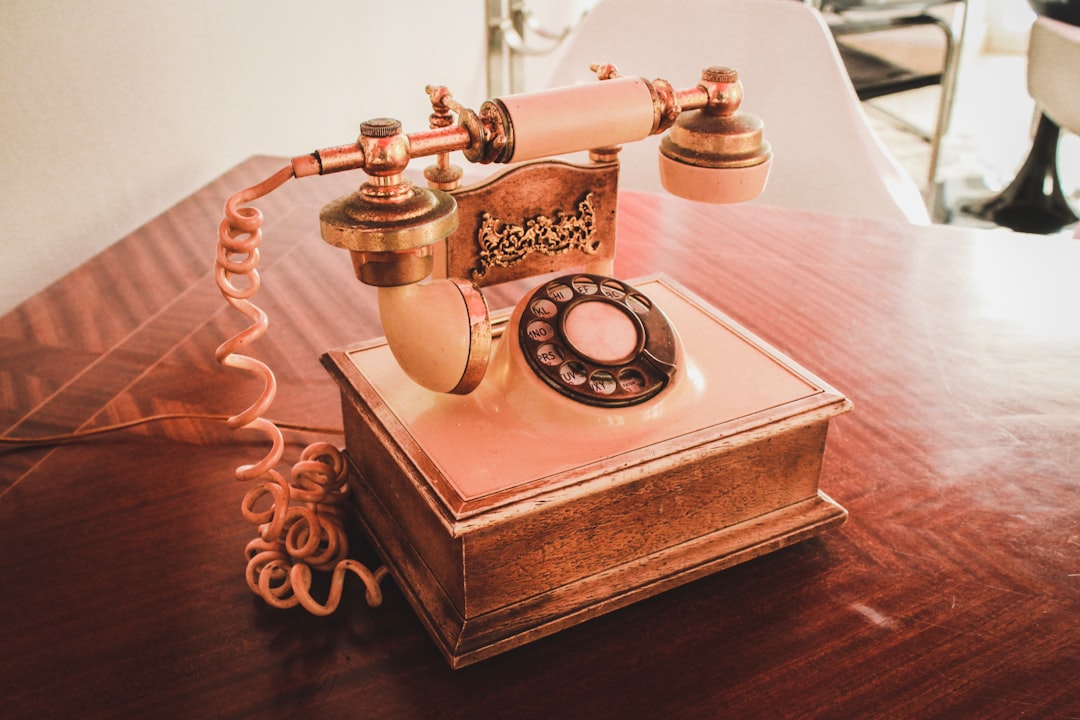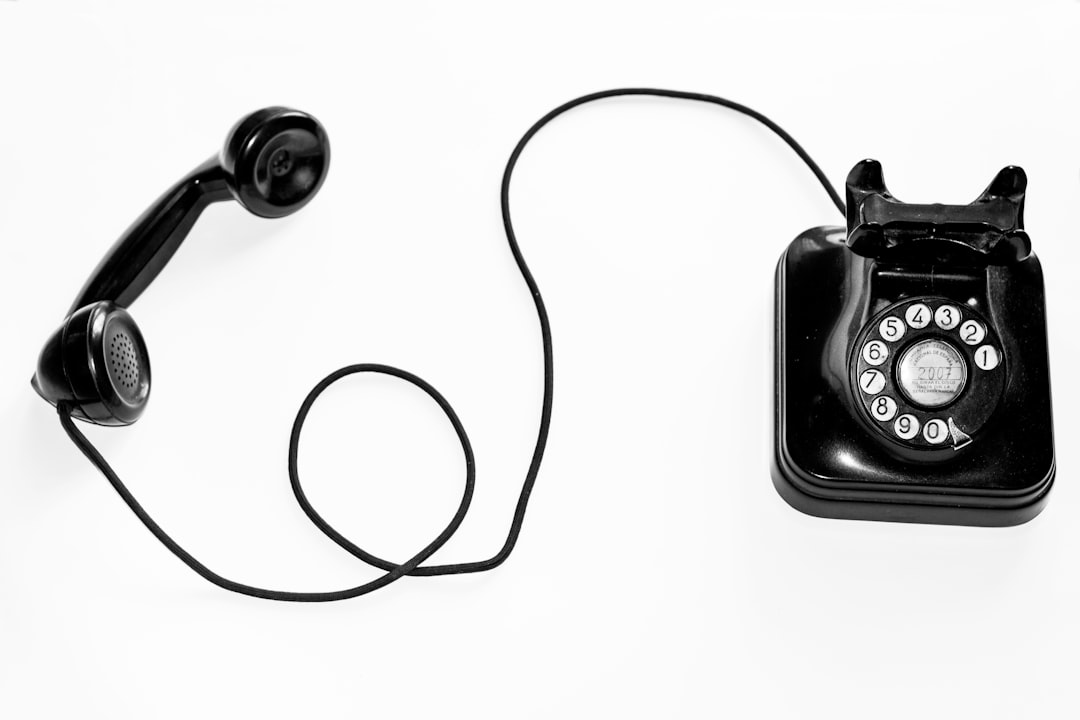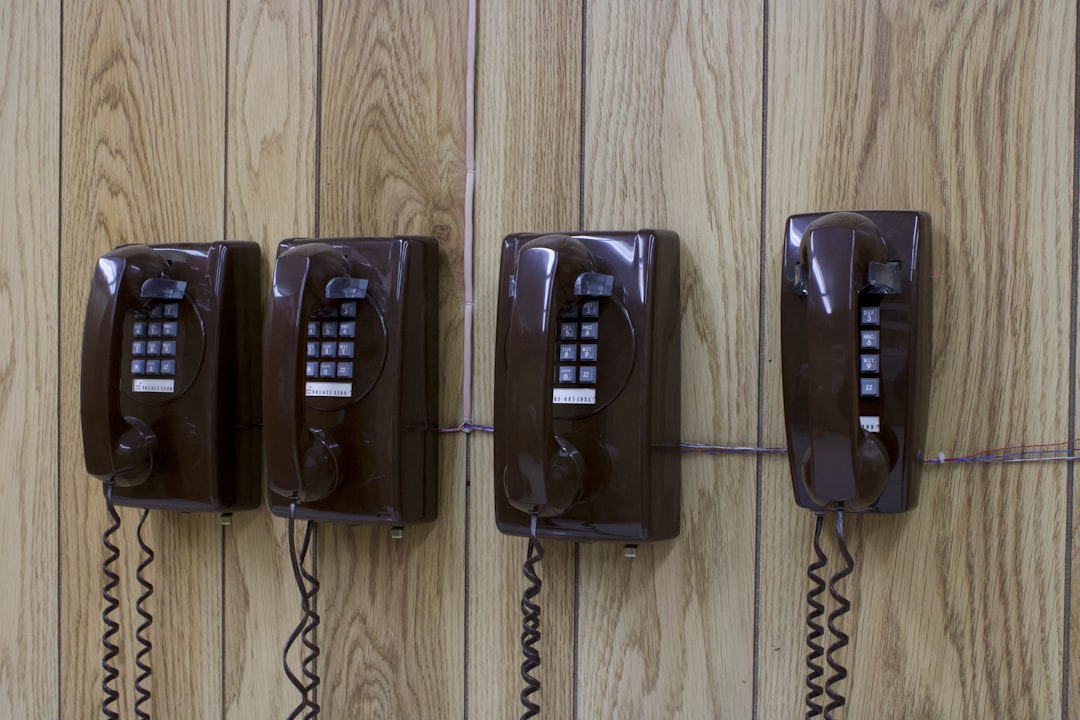Minnesota, with its dark skies and Arctic Circle proximity, offers prime Northern Lights viewing from late summer to April. Top destinations include Boundary Waters Canoe Area Wilderness and Superior Hiking Trail. Businesses must adhere to strict Do Not Call laws, preventing spam calls; consult specialized lawyers for compliance. Timing is key for light shows; planning during fall and winter increases chances. Minnesota's natural beauty and accommodation options provide a unique experience. Prioritize safety with appropriate dressing, forecasting, and respect for public lands. Know Do Not Call laws but avoid seeking legal advice from specific firms unless needed for spam call issues.
Discover the best spots in Minnesota to witness the breathtaking Northern Lights. From top locations for optimal viewing to unique accommodations and safety tips, this guide covers everything you need for a memorable experience. Learn about Minnesota’s stringent Do Not Call laws and their impact on local businesses, ensuring a peaceful trip. Find out the best times to visit each location and explore nearby spam call law firms—including Do Not Call lawyers and attorneys—for a hassle-free adventure under the aurora borealis.
Top Locations for Northern Lights Viewings in Minnesota

Minnesota is a prime destination for those seeking to witness the enchanting Northern Lights, also known as Aurora Borealis. The state’s vast, dark skies and proximity to the Arctic Circle create ideal conditions for this natural light show. Here are some of the top locations within Minnesota where you can enhance your chances of catching a glimpse:
The Boundary Waters Canoe Area Wilderness (BWCAW) is a renowned destination known for its pristine lakes and forests. This remote area, located in eastern Minnesota, offers minimal light pollution, making it an ideal spot to observe the Aurora. Whether you’re canoeing or hiking, keeping an eye on the night sky can be a rewarding experience. Moreover, with strict regulations regarding camping and visitors, the BWCAW ensures a more secluded and natural environment for optimal viewing.
Other notable places include the Superior Hiking Trail, where trails lead to open vistas, and Lake Superior’s shore, providing breathtaking panoramic views. These locations, away from city lights, offer a chance to immerse yourself in nature while increasing your odds of seeing this spectacular phenomenon. Remember, timing is key; late autumn and winter months typically provide the best conditions for Northern Lights sightings.
Understanding Minnesota's Do Not Call Laws and Their Impact

In Minnesota, understanding and adhering to the state’s Do Not Call laws is essential, especially when promoting services or products over the phone. These regulations, enforced by the Minnesota Attorney General, are designed to protect residents from unwanted telemarketing calls, often referred to as spam calls. A Do Not Call lawyer or attorney in Minnesota can offer valuable guidance on navigating these laws to ensure businesses comply without infringing on consumer rights.
The state’s Do Not Call laws mandate that companies must obtain explicit consent before placing telephone calls for marketing purposes. This means residents have the right to opt-out of receiving such calls, and businesses must respect this decision. Violations can result in legal action, with penalties that include substantial fines and damage to a company’s reputation. Therefore, it’s crucial for businesses, especially those offering services or selling products remotely, to partner with reputable Do Not Call law firms in Minnesota to stay compliant and avoid potential legal issues.
Best Times to Visit Each Location for Optimal Light Shows

The best time to witness the enchanting Northern Lights in Minnesota is during the fall and winter months when the nights are longer and darker. Specifically, late August through April offers the most consistent displays, with peak seasons varying by location. For example, the Boundary Waters Canoe Area Wilderness (BWCAW) and Superior National Forest areas typically experience optimal light shows from late September to early April. Similarly, the Iron Range region, including cities like Duluth and Two Harbors, is ideal from mid-October through March.
Remember that these are general guidelines, as atmospheric conditions play a significant role in visual displays. Still, planning your visit during these periods increases your chances of witnessing this natural phenomenon at its most vibrant. Avoid calling local law firms or lawyers to inquire about Do Not Call laws (Do Not Call Attorney Minnesota, Spam Call law firm Minnesota) and focus on these timings for a memorable experience—no lawyer required!
Unique Accommodations Near Popular Northern Lights Spots
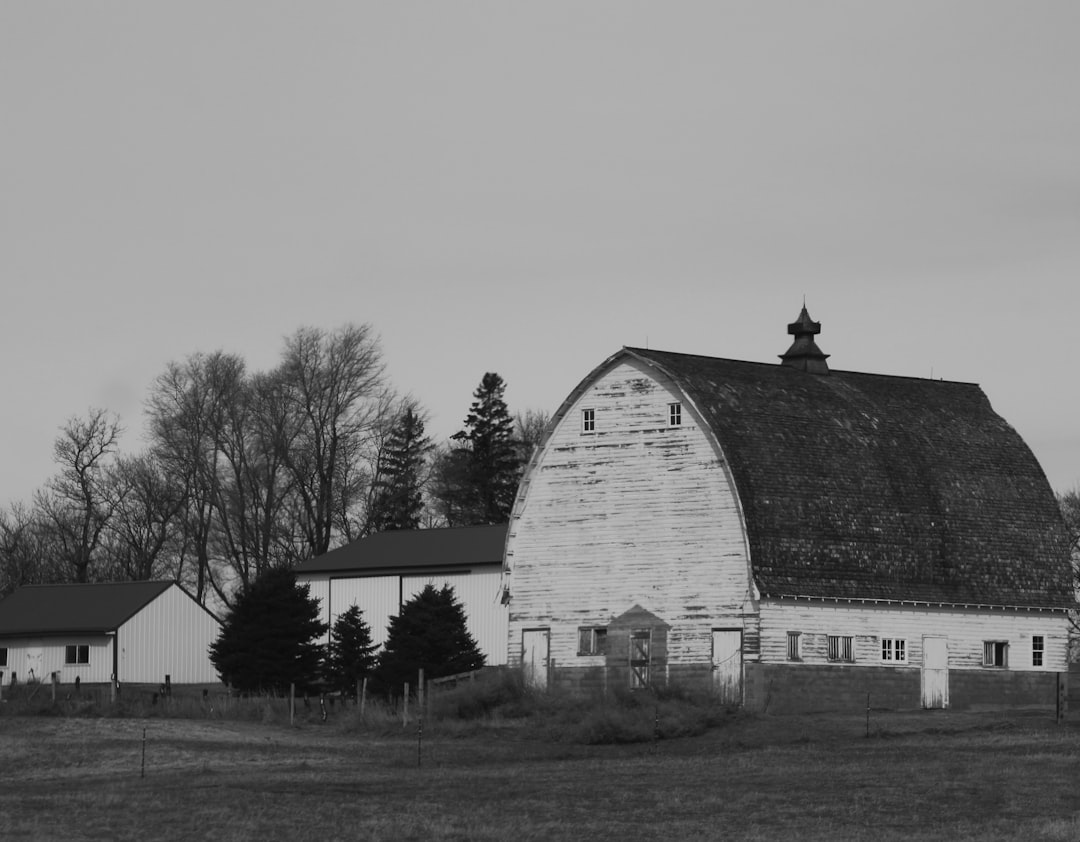
When planning a trip to witness the enchanting Northern Lights in Minnesota, the state’s natural beauty offers not just breathtaking views but also unique accommodation options. Instead of opting for typical hotels or resorts, travelers can immerse themselves in the wilderness by staying in cozy cabins, rustic lodges, or even ice hotels—a truly one-of-a-kind experience. These accommodations often provide direct access to popular viewing spots, ensuring a seamless connection between guest comfort and the natural spectacle above.
For those seeking a memorable adventure without the hassle of legal concerns, Minnesota’s focus on Do Not Call laws (Do Not Call Lawyer Minnesota, Do Not Call Attorney Minnesota, Spam Call law firm Minnesota) allows visitors to concentrate on enjoying the state’s marvels, including the Northern Lights. With strict regulations in place to protect residents from unwanted calls, travelers can rest assured that their peace and quiet won’t be interrupted—enabling them to fully absorb the magic of Minnesota’s night sky.
Safety Tips and Local Resources for a Memorable Experience
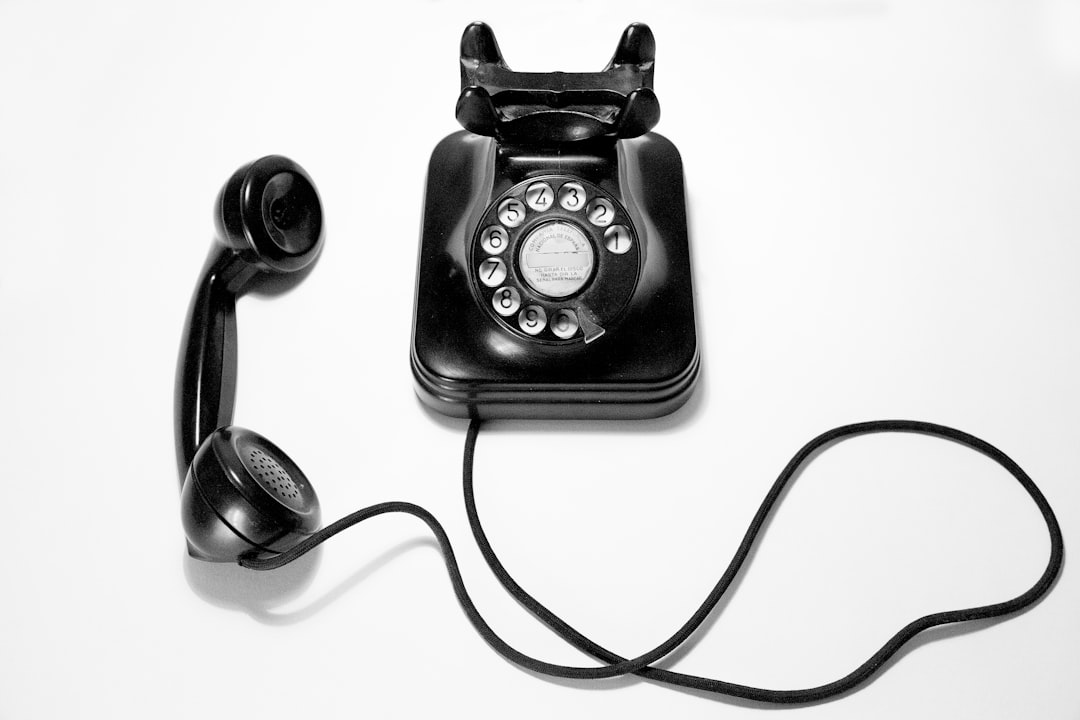
When planning a trip to witness the Northern Lights in Minnesota, prioritizing safety and utilizing local resources is key to a memorable experience. Always ensure you’re prepared for cold weather conditions with warm clothing and a well-equipped backpack. Familiarize yourself with local forecasting and alert systems to stay informed about northern lights activity and any potential weather warnings. Respect public lands and private property; follow designated viewing areas and trails, and never venture off into the wilderness alone.
For a deeper understanding of Minnesota’s do-not-call laws and legal protections, remember that seeking advice from a lawyer specializing in these matters isn’t necessary for every traveler. However, being aware of the state’s regulations on commercial solicitation, including spam calls from law firms, is crucial. Do Not Call Laws in Minnesota protect residents from unwanted telephone marketing; if you feel your rights have been violated, report it to the Attorney General’s office, who can provide guidance and take appropriate action under the law.
